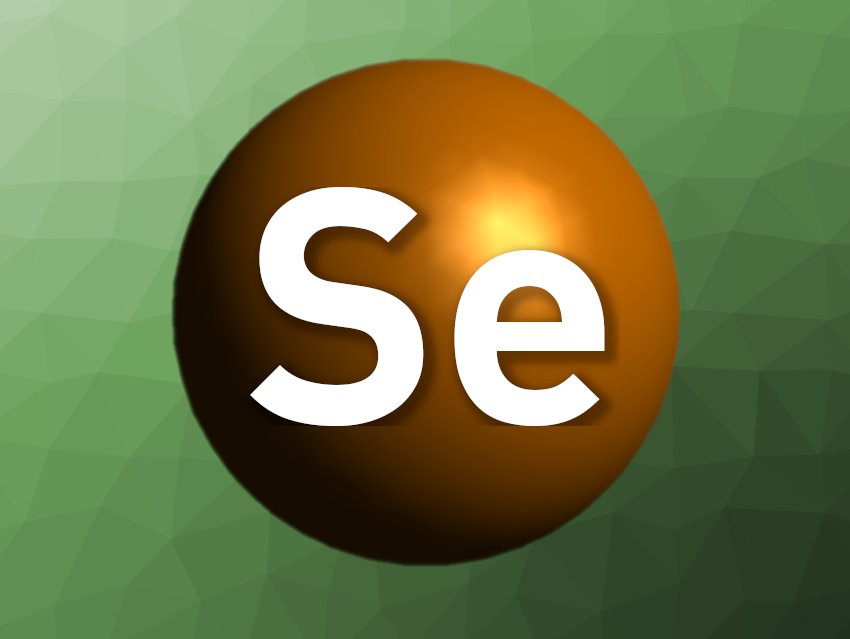Selenium compounds, particularly metal selenides, are of interest in materials research, with applications, e.g., in photovoltaics, quantum dots, superconductors, or magnetic semiconductors. Usually, the synthesis of transition-metal selenides involves solid-state reactions, chemical vapor deposition, or gas-phase reactions, which all generally require high temperatures. Soluble selenium species that can serve as precursors for syntheses in solution at lower temperatures would be useful. However, existing methods for the preparation of such soluble precursors have drawbacks such as the generation of hazardous byproducts.
Kirill Kovnir, Iowa State University and Ames National Laboratory, U.S. Department of Energy, Ames, IA, USA, and colleagues have developed an approach to activating elemental selenium via a simple solvothermal treatment by dissolving Se powder in 2-aminoethan-1-ol. The team dissolved selenium powder in 2-aminoethan-1-ol in an autoclave at 200 °C over 2 h, either under aerobic conditions or under argon.
The prepared selenium species were identified and characterized using 77Se NMR, Raman, and IR spectroscopy. The team found that the activated selenium solution contained different selenium species, including HSe–, Se22–, and Se2– ions, dialkyl selenides, and dialkyl diselenides. According to the researchers, this represents the first experimental NMR evidence of Se22– and Se2– coexisting in solution.
The team used the Se precursor for the synthesis of, e.g., β-Ag2Se as a thermoelectric material, CdSe nanocrystals, PtSe2 nanosheets, and superconducting β-FeSe single crystals. Overall, the work provides a simple route to selenium species that were previously difficult to access via solution chemistry.
- Make Selenium Reactive Again: Activating Elemental Selenium for Synthesis of Metal Selenides Ranging from Nanocrystals to Large Single Crystals,
Yao Abusa, Philip Yox, Sarah D. Cady, Gayatri Viswanathan, Jemima Opare-Addo, Emily A. Smith, Yaroslav Mudryk, Oleg I. Lebedev, Frédéric A. Perras, Kirill Kovnir,
J. Am. Chem. Soc. 2023.
https://doi.org/10.1021/jacs.3c08637




